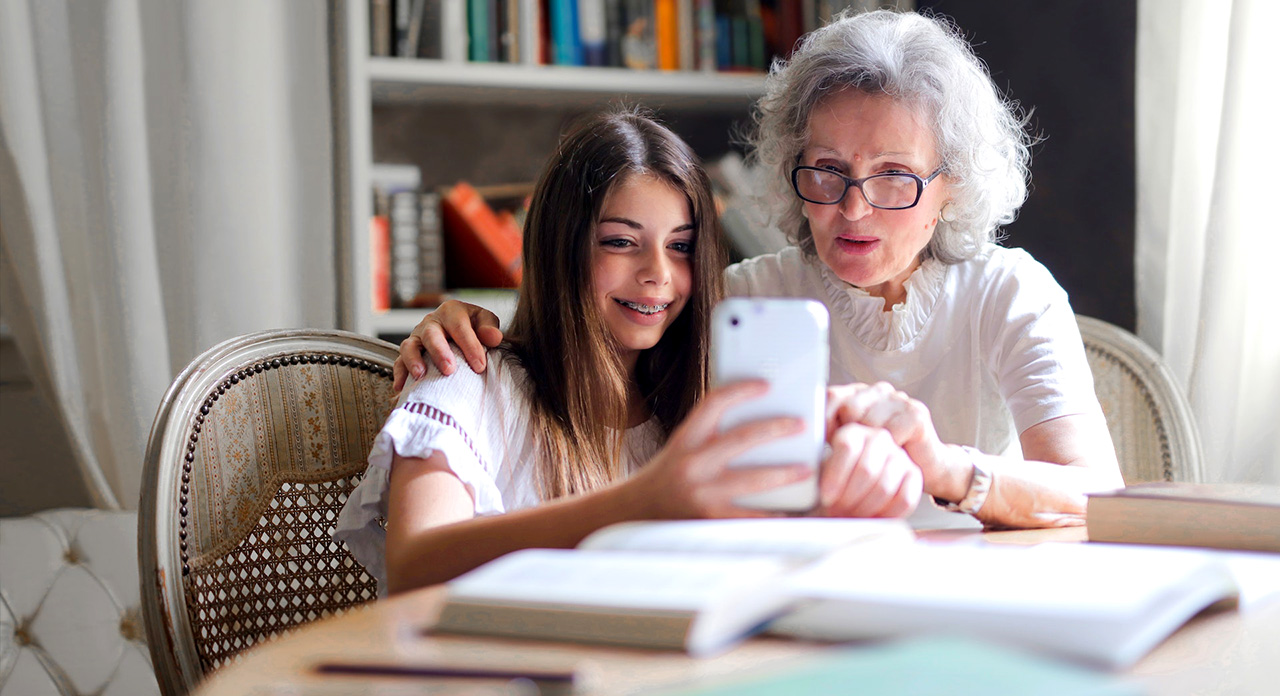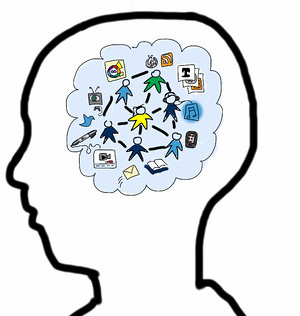Contents
Personalized Learning Plans
Another benefit of Personalized Learning Plans is that they can help seniors overcome learning barriers. For example, seniors with hearing or visual impairments may struggle to learn from traditional classroom materials. By using multimedia and interactive content that is accessible and easy to use, seniors with different abilities can more easily engage in the learning process.
Personalized Learning Plans can also help seniors to build their confidence and skills as learners. When seniors are able to learn at their own pace and in a way that is most effective for them, they are more likely to feel confident and capable in their learning abilities. This can lead to greater success in learning and a sense of accomplishment and empowerment.
Gamification
Another methodology for using gamification to support seniors in learning is to create a storyline or narrative that connects different learning activities. For example, seniors could be placed in a virtual world where they must complete challenges or quests that require them to use their knowledge and skills. This can make learning feel more like an adventure, and can help to increase engagement and motivation among seniors.

Badges can be a possible approach to motivate and support learners. Even if this trend comes from the USA, also in Europe, older adults appreciate various typed of badges.
Gamification can also be used to encourage social interaction and collaboration among seniors. For example, seniors could be grouped into teams to complete challenges or compete against each other in games. This can help to build social connections and promote teamwork and collaboration.
Bite-Sized Learning
Another methodology for using bite-sized learning to support seniors in learning is to provide access to a digital library of resources. These resources can be organized by topic and broken down into smaller, easily digestible chunks. Seniors can then access the resources at their own pace, focusing on the topics that are most relevant and interesting to them.
The feedback from senior learners shows that bite-sized learning is an effective methodology to support seniors in learning with multimedia and interactive content. Bite-sized training is basically appreciated by many senior learners. By breaking down learning material into smaller pieces, seniors can more easily learn and retain the material. By providing interactive exercises and quizzes, and organizing resources into a digital library, seniors can engage with the material and learn at their own pace.

Bite-sized learning means learning in smaller pieces. Besides this, there should also be variety (so that learning is more fun).
Collaborative Learning
Another methodology for using collaborative learning to support seniors in learning is to use video conferencing tools to facilitate group discussions or virtual study groups. This can help to build social connections among learners, even when they are physically distant. Interactive tools, such as whiteboards or breakout rooms, can also be incorporated to enhance collaboration and engagement.
Personal contacts during on-site training are also an advantage. Planning these sessions as an intergenerational collaborative learning enables to learn from each other – over the barriers of the different ages.
Overall, collaborative learning can be an effective methodology to support seniors in learning with multimedia and interactive content. By creating opportunities for seniors to work together in groups and share their knowledge and experiences, collaborative learning can help to build social connections and promote teamwork and collaboration. By using online discussion forums or video conferencing tools, seniors can engage with the learning material and each other in a meaningful and interactive way.

Collaborative learning (as well as intergenerational learning) are proven approaches for seniors to learn.
Storytelling
Another methodology for using storytelling to support seniors in learning is to incorporate real-life stories or examples into the learning material. For example, seniors could be presented with case studies or anecdotes that illustrate key concepts or ideas. This can help to make the learning material more relatable and engaging for seniors.
Multimedia and interactive content can be used to enhance storytelling and make it more engaging for seniors. For example, videos or animations can be used to tell stories that reinforce key concepts or ideas. Interactive elements, such as quizzes or games, can also be incorporated to make the learning experience more engaging and interactive.
Overall, storytelling can be an effective methodology to support seniors in learning with multimedia and interactive content. By creating a narrative that connects different learning activities, incorporating real-life stories or examples, and using multimedia and interactive content to enhance the storytelling experience, seniors can engage with the learning material in a more meaningful and engaging way.
Visual Learning
Another methodology for using visual learning to support seniors in learning is to incorporate interactive elements into visual aids. For example, seniors can be provided the opportunity to manipulate visual aids, such as zooming in or rotating an image, to explore the concept in more detail. Interactive quizzes and exercises can also be incorporated to reinforce learning and provide immediate feedback.
 Accessibility is an important consideration when using visual learning to support seniors in learning. Visual aids should be designed to be accessible to seniors with different abilities, such as providing text alternatives or audio descriptions for images and videos.
Accessibility is an important consideration when using visual learning to support seniors in learning. Visual aids should be designed to be accessible to seniors with different abilities, such as providing text alternatives or audio descriptions for images and videos.
Overall, visual learning can be an effective methodology to support seniors in learning with multimedia and interactive content. By creating visual aids that simplify complex concepts and ideas, incorporating interactive elements, and ensuring accessibility, seniors can engage with the learning material in a more meaningful and effective way.
About the Author: Peter Mazohl is an expert in creating multimedia-based and interactive content and experienced in courses about digital competencies with adults and seniors.
Views: 0
